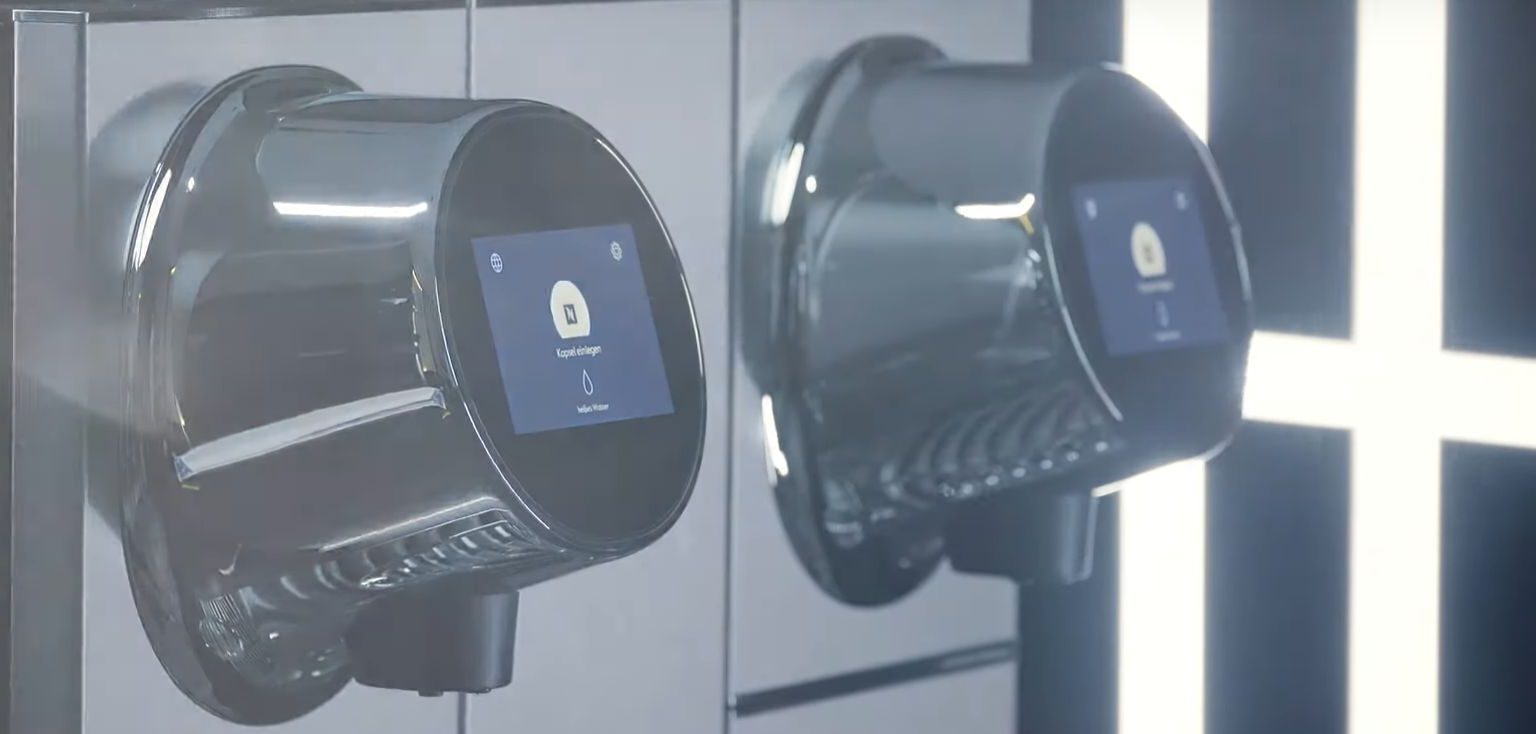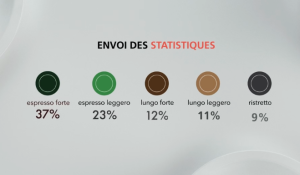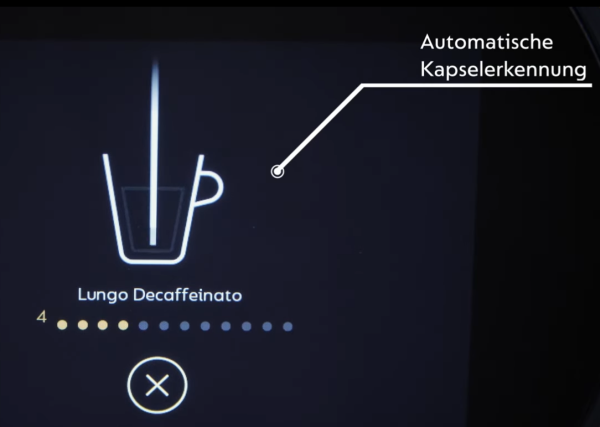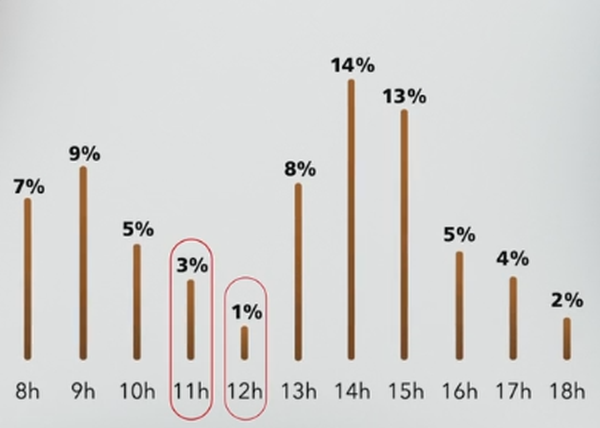An Artificially Intelligent Coffee Machine

In 2017, Nespresso presented researchers at Prof. David Atienza’s Embedded Systems Laboratory with an intimidating challenge. The industrial giants were aware this project was anything but simple: to design a system that would enable a coffee machine to distinguish between different Nespresso Professional coffee capsules.

“They needed a system that worked with the capsules they had already been marketing, right around the world,” explained Dr. Miguel Peón, a Scientist at ESL. “Identifying them by colour was not an option, because changing ambient light conditions can turn yellow into brown.”
To make matters even more complicated, capsules of the same type are not identical. Nespresso Pro Commercial capsules are flat, round sachets, and their foil is cookie-cut from rolls of aluminium. This means that their repeated text is rarely printed in the same position on any two capsules.
Finally, given that this technology was intended for the highly competitive market of modern coffee machines, there were demands that are not always made of academic researchers: “For this to be sustainable as a product on the market, it had to be highly accurate, but also fast and low cost. They weren’t sure it could be done.”
And so the challenge was set.


“We needed to create and train a knowledge-based system, showing it thousands of pictures of capsules, and encouraging it to learn how to distinguish between the different types that are on the market, and some that have yet to be marketed,” explained Dr. Peón.
Once provided with this solution, the IoT team at Nespresso could build innovative services on top: detailed consumption statistics, remote capsule stock management, automatic recommendations for preparation, targeted maintenance – features that have recently been launched in the Nespresso Momento machine series.
“Internet-of-Things devices tend to be limited in terms of resources,” said Dr. Peón. “If we can provide industry with techniques that were previously unavailable, they can provide customers with new solutions.”
Research team:
Rubén Braojos, Szabolcs Balási, Benoît Denkinger, Miguel Peón, David Atienza